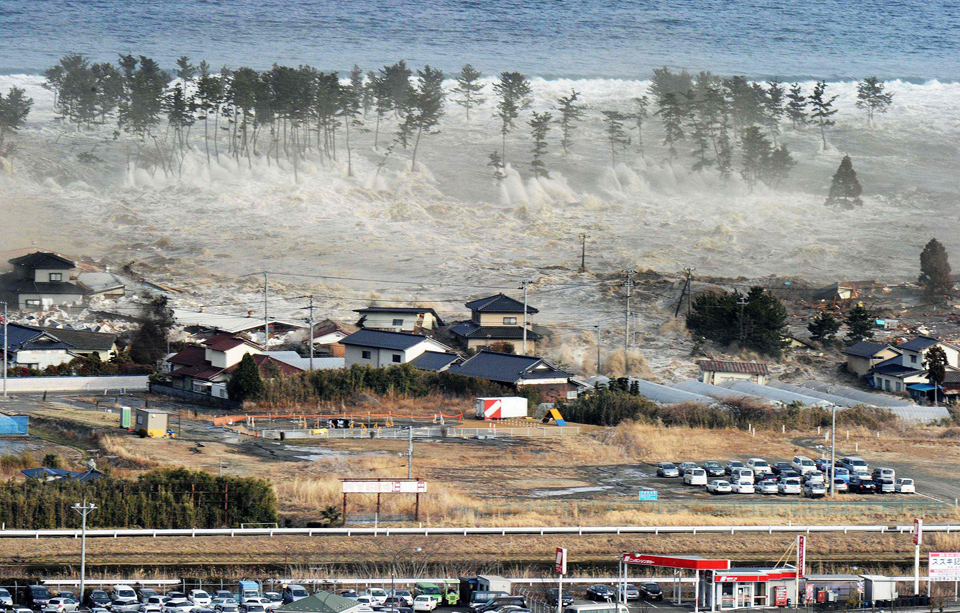VANCOUVER – A tsunami watch that was issued for sections of the British Columbia coast following an earthquake in Japan has been elevated to a tsunami advisory.
The advisory covers the north coast and the Haida Gwaii Islands, the Bella Bella and Shearwater areas and Vancouver Island from Cape Scott to Port Renfrew.
The advisory states that the tsunami "could impact marinas and other coastal infrastructure or create strong currents."
"While we may not see high waves, we always have to be prepared for the possibility that something like could happen," said Emergency Management British Columbia communications manager Glen Plummer.
The Provincial Emergency Co-ordination Centre is advising local authorities to "immediately evacuate marinas, beaches and other areas that are below the normal high tide mark."
"For starters, I would advise anyone who is in these areas to not go down to the beaches," said Plummer, commenting on the almost party atmosphere that has developed during some previous watches and advisories as Vancouver Island residents set up chairs near the beach to wait for a big wave.
"That is where you should not be. You should stay at higher levels and stay away from the water," he said.
The centre says no other areas of coastal British Columbia are at risk.
A statement issued on behalf of Prime Minister Stephen Harper said government officials are "liaising with authorities in the west coast in order to carefully monitor tsunamis in the Pacific."
It also offered condolences to those affected by the earthquake and tsunami and said "Canada will stand by the people of Japan during this difficult moment."
The 8.9 magnitude earthquake and a devastating tsunami across northern Japan early Friday caused massive destruction and at least 29 deaths.
A tsunami warning has been issued for much of the Pacific Rim, including Hawaii, New Zealand, the entire U.S. western coast, Mexico and Central and South America.
Residents in coastal areas from Hawaii to Guam were ordered to evacuate to shelters and higher ground. In Hawaii’s tourist district of Waikiki, visitors were being moved to higher floors of their hotels. Residents were waiting in long lines stocking up on gas, bottled water, canned food and generators.
"We’re preparing for the worst and we’re praying for the best," said John Cummings III, spokesman for the Honolulu Department of Emergency Management.
McCreary said the threat will become clearer when the waves hit Wake Island and Midway.
In the Philippines, officials ordered an evacuation of coastal communities along the country’s eastern seaboard.
Australia was not in danger because it was protected by island nations to the north, including Papua New Guinea and the Solomon Islands, that would largely absorb any wave activity, said Chris Ryan, a forecaster at the National Meteorological and Oceanographic Centre, the Australian government agency that monitors the threat.
Tsunami warnings are issued due to the imminent threat of a tsunami.
—
With files from The Associated Press









Comments